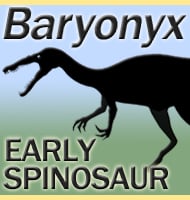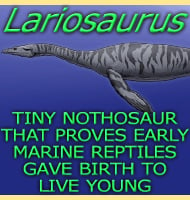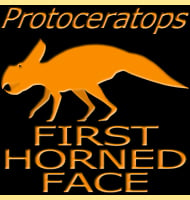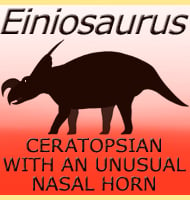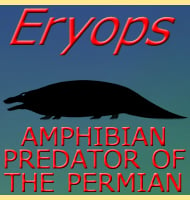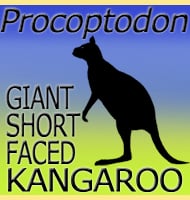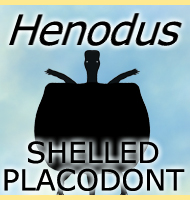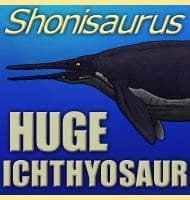In Depth
Homalocephale possessed broad hips, which has led to two theories about its lifestyle. One is that the wide pelvis was a sign that Homalocephale gave birth to live young, the extra space between the hips allowing for gestation of the foetus. However such an idea without further proof is considered purely speculation. The second is that the wide hips allowed the internal organs to sit further back in the body allowing for something called ‘flank butting’. This come from the popular idea that pachycephalosaurs butted heads with each other for dominance. However further in depth study of pachycephalosaur skulls indicates that they were actually quite fragile and not suited for head on head butting. Butting the softer flanks of the opponent however would significantly reduce the risk of a head injury occurring, and by moving the internal organs back, reduce the risk of internal injury as well.
Homalocephale had a flat top to its skull, hence the name ‘even head’, and possessed long legs enabling it with long gait. Another noteworthy feature is the tail vertebrae that indicate a strong lattice work of tendons that would have kept the tail extremely rigid.
Since its discovery it has been speculated that Homalocephale may not actually represent an adult, but a juvenile form of another species of pachycephalosaur, Prenocephale. This comes from increasing weight to the argument that juvenile pachycephalosaurs had flattened skulls, not developing the dome like appearance until reaching maturity.
Further Reading
– Pachycephalosauria, a new suborder of ornithischian dinosaurs. Palaeontologia Polonica 30:45-102. – T. Maryanska & H. Osmolska – 1974.

